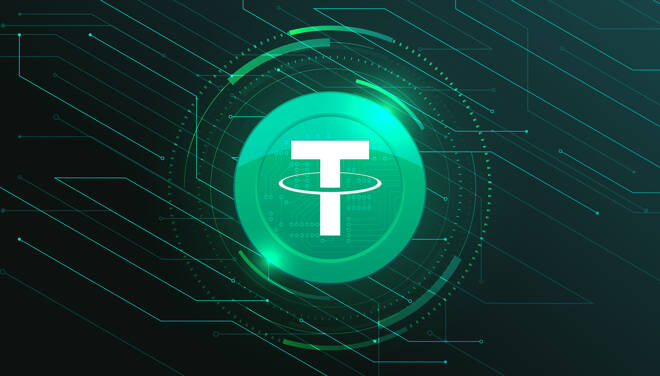Advertisement
Advertisement
Better Regulation Could Limit Stablecoin Credit Risks, Says Fitch Ratings
By:
Fitch Ratings believes that the United States’ regulatory approach towards stablecoins will affect the sector’s performance in the medium term.
Central banks in various parts of the world have shown concerns about stablecoins and have discussed their potential negative impact on the economy. However, the stablecoin market continues to grow.
Stablecoin Credit Risks Could be Limited
Stablecoins have gained massive adoption since the start of the year. A recent report by DappRadar revealed that stablecoin volume in the crypto space has grown by nearly 400% since the start of 2021.
At the start of 2021, the stablecoin market was worth $29 billion. However, Tether, USDC, Binance USD (BUSD) and other stablecoins are worth over $140 billion. As a result, two stablecoins are already part of the ten largest cryptocurrencies by market cap.
The rising market cap of stablecoins is a cause for concern amongst central banks around the world. Apex banks have warned of the risks that stablecoins pose to the global economy. However, credit rating agency Fitch Ratings believes that the credit risks posed by stablecoins could be moderated with proper regulation.
The report said, “The EU is the first major economy to publish specific draft regulations for the stablecoin sector, calling for issuers to be regulated as banks or electronic money institutions. A key US regulatory report has similarly recommended stablecoin issuers be treated as insured banks.”
United States’ Regulatory Approach will Affect the Stablecoin Market
In the United States, stablecoins are yet to be properly regulated. The authorities recommend that stablecoin issuers should be treated as insured banks. Fitch believes that the US regulatory approach is important to the stablecoin sector’s medium-term development. This is because the vast majority of major stablecoins traded today are linked to the US dollar. The credit rating agency expects the situation to remain that way for the medium term.
“Transparency over these issues and reserve asset holdings will be important in assessing the credit profiles of stablecoin issuers. Governance and operational risks, which are usually high for new sectors, may be further exacerbated for stablecoin issuers due to the untested and unique structural challenges of the crypto space,” the report concluded.
Tether remains the leading stablecoin, with a market cap above $76 billion. It is followed by Circle-issued USDC and Binance USD with market caps of $42 billion and $14 billion, respectively.
About the Author
Hassan Maisheraauthor
Hassan is a Nigerian-based financial Journalist and cryptocurrency investor.
Did you find this article useful?
Latest news and analysis
Advertisement
